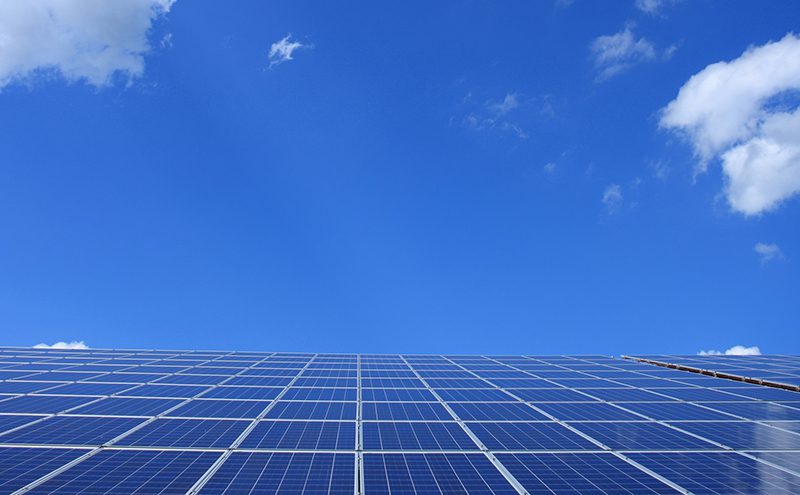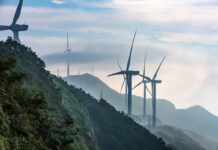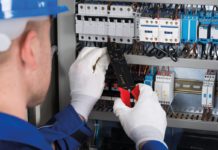
The cost and energy saving potential of solar panels in a post-subsidy era still shines bright for UK businesses, says Inprova Energy.
The UK government has recently announced the April 2019 closure of the Feed-in-Tariff (FiT) scheme for solar photovoltaic (PV) and other qualifying renewables projects. This is part of the government’s plan to limit green energy taxes by discontinuing the wider Levy Control Framework, which covers other low carbon incentive schemes as well as FiTs. Existing FiT recipients will be unaffected.
FiTs, which are paid for renewable electricity generation and excess power exported to the grid, have declined in value from more than 40 pence per kWh in 2011 to between 0.5 and 4 pence today. In light of collapsing FiT tariffs over recent years, there has been a switch in emphasis to consuming solar energy on-site rather than exporting it.
The withdrawal of funding doesn’t spell doom for the solar market, according to Rob Leak, Senior Energy & Environment Consultant for Inprova Energy, who says that businesses can gain impressive cost returns, as well as the obvious environmental benefits, from using the solar power they generate for their own business processes.
He explained: “The return on investment of a well designed solar PV system is typically six years on a system with a lifespan of 25-30 years. Technology has also developed to allow consideration of combining solar with battery storage. This stored energy can then be used later – perhaps to meet peak demands, or to earn revenue by participating in demand response schemes.”
The cost of solar PV technology has fallen sharply – leading the way towards a subsidy free market. According to Bloomberg New Energy Finance, the global cost of electricity from solar PV is now almost a quarter of what it was in 2009.
“The FiT scheme has encouraged the rapid growth of solar and made it much more affordable by bringing down technology costs,” added Rob Leak. “This means that payback rates on efficient projects installed today are close to matching those installed when FiT tariffs were higher. The cost of traditional power supplies with the associated third party charges is predicted to rise, so the financial returns are only likely to increase.
“Solar PV is not suitable for every organisation and site, but it’s worth doing a feasibility study, including a site survey, to model the financial case and environmental benefits.”








